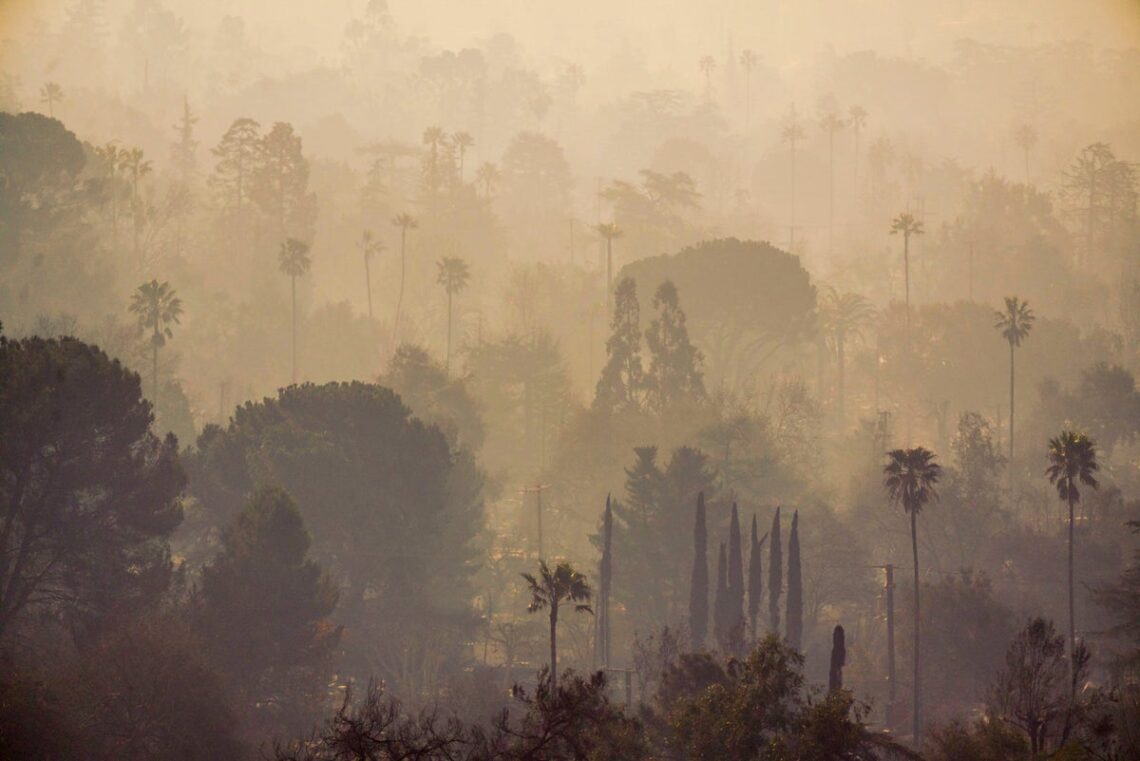January 13, 2025
3 min read
What Makes Urban Wildfire Smoke So Toxic
Wildfires burning in cities unleash a toxic, unpredictable combination of compounds into the air
Smoke over destroyed homes in the aftermath of the Eaton Fire in Altadena, California, US, on Saturday, Jan. 11, 2025. Firefighters are making some progress on controlling the deadly blazes that have scorched Los Angeles, as the toll of destruction rises with entire neighborhoods reduced to ash.
Kyle Grillot/Bloomberg via Getty Images
Firefighters in southern California are battling the Palisades and Eaton Fires, which have killed at least 25 people, burning a cumulative 37,700 acres and at least 12,000 structures. The plumes of smoke are even visible from space.
Residents of many fire-prone areas—as well as those far downwind—have grown familiar with the orange, apocalyptic haze of wildfire smoke as these blazes have become more common because of climate change. Such smoke can contain an unpredictable cocktail of chemicals associated with heart and lung diseases and even cancer, which is the leading cause of death among firefighters. Here’s what makes wildfire smoke so dangerous.
No Ordinary Pollutant
On supporting science journalism
If you’re enjoying this article, consider supporting our award-winning journalism by subscribing. By purchasing a subscription you are helping to ensure the future of impactful stories about the discoveries and ideas shaping our world today.
When trees, shrubbery and other organic matter burn, they release carbon dioxide, water, heat—and, depending on the available fuel, various volatile compounds, gaseous pollutants and particulate matter. Those tiny particles, which become suspended in the air, can include soot (black carbon), metals, dust, and more. If they’re smaller than 2.5 microns in diameter, they can evade our body’s natural defenses when inhaled, penetrating deep into the lungs and triggering a wide variety of health…
Read the full article here

